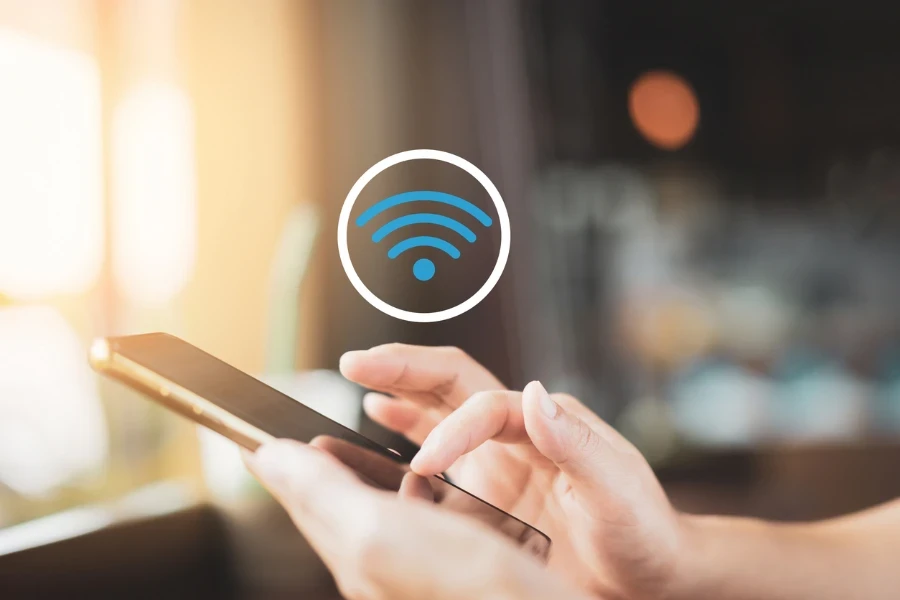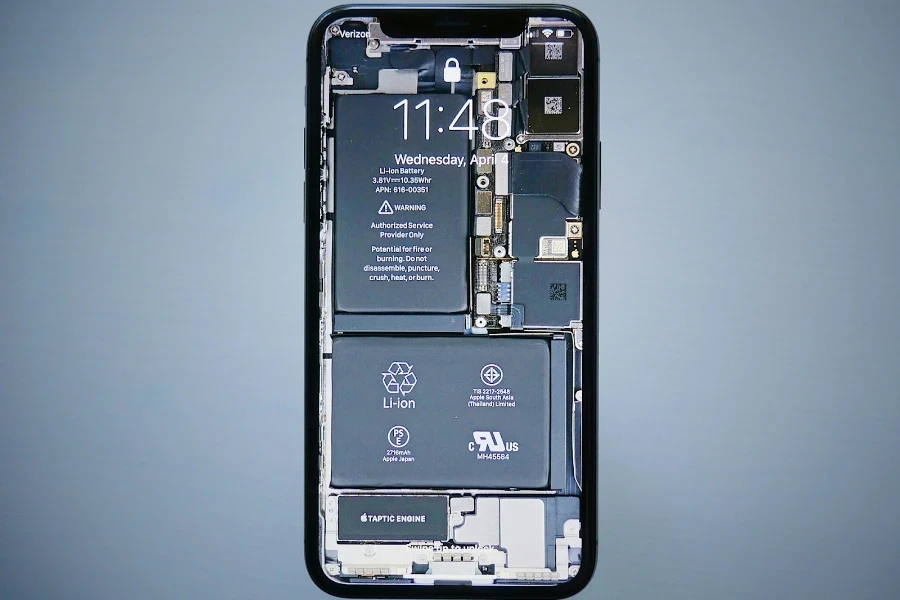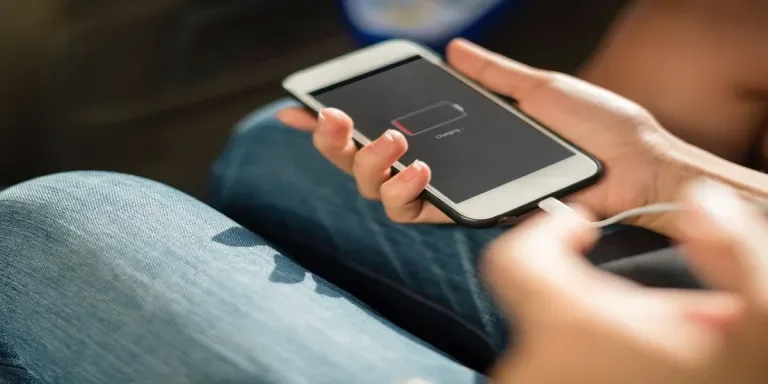Smartphones have become an indispensable part of our daily lives. From communication to productivity, they are crucial to keeping us connected. However, one common challenge smartphone users face is the constant need to recharge their devices.
Here, we will explore tips and strategies to help you optimize smartphone battery life, ensuring that your device lasts longer between charges. We will also discuss how brands can make battery optimization part of their brand to appeal to smartphone users and increase sales.
Table of Contents
7 tips for optimizing your smartphone battery life
How to make battery optimization part of your brand
Final thoughts
7 tips for optimizing your smartphone battery life
Since battery optimization is so important to users, as a business, it’s important to know all the tips and tricks for optimizing a smartphone battery so you can pass along this knowledge to your customers. Here are 7 critical tips:
1. Screen optimization strategies
- Adjusting screen brightness: The smartphone screen is a major contributor to battery consumption. Significantly reduce power usage without compromising visibility by manually lowering the screen brightness or enabling the auto-brightness feature.
- Screen timeout settings: Another effective strategy is adjusting the timeout duration. Setting a shorter timeout means that the device’s screen will turn off more quickly when not in use, conserving precious battery life.
2. Managing background apps
- Closing unnecessary apps: Many applications run in the background even when they’re not actively being used. Regularly closing or turning off unnecessary background apps can prevent them from consuming valuable resources and draining the battery.
- Background app refresh: Check the device’s settings for background app refresh options. Turning off or limiting background app refresh can significantly extend battery life by preventing apps from constantly updating in the background.
3. Location services and connectivity

- Location services: Location-based services, including GPS, can be major battery drainers. Consider turning off location services when not needed or selectively enabling them for specific apps.
- Wi-Fi and Bluetooth: Disable Wi-Fi and Bluetooth when not in use. These features consume power as they continuously search for available connections. Turning them off when unnecessary can contribute to substantial battery savings.
4. Email and notifications

- Push email: Push email notifications can be demanding on battery life as they constantly sync and update. Consider switching to fetch or manual email updates to conserve energy.
- App notifications: Limit the number of apps that can send notifications. Each notification can wake up the screen and consume battery power, so prioritizing essential notifications is key.
5. Regular updates and app management
- Updating apps and software: Developers often release updates that include performance improvements and optimizations. Keeping apps and the operating system up to date ensures that you benefit from the latest enhancements.
- App management: Regularly review and uninstall apps no longer in use. Unused apps may still run background processes and consume power. A leaner app inventory contributes to better overall system performance and battery efficiency.
6. Specialized battery-saving features
- Power-saving mode: Many smartphones come equipped with a power-saving mode that adjusts settings to extend battery life. Activating this mode can be helpful, especially when the battery runs low.
- Limiting background processes: Explore options to limit the number of background processes running in device settings. This can help reduce overall power consumption and improve battery life.
7. Additional tips and considerations

- Use airplane mode wisely: In areas with low or no signal, smartphones exert additional effort to maintain a connection, leading to increased power consumption. Consider using airplane mode in such situations to save battery power.
- Optimizing auto-sync: Disable auto-sync for apps that don’t require real-time updates, such as social media. Syncing data less frequently can lead to significant battery savings.
- Battery monitoring apps: Utilize battery monitoring apps to identify power-hungry apps and take necessary actions. However, exercise caution with third-party apps and their potential impact on both performance and battery life.
How to make battery optimization part of your brand
Since battery life is critical to many consumers, prioritizing battery optimization can be what sets your brand apart. So, here are some tips for prioritizing battery in your e-commerce business:
Pre-sale education on battery efficiency
Provide educational content on your e-commerce platform, guiding customers on optimizing their new smartphone’s battery life. This could include tutorial videos, blog posts, or interactive guides to help users make the most of their devices.
Extended warranty for battery health
Offer an extended warranty or a specialized guarantee covering the smartphone battery’s health and performance. This provides customers with peace of mind, knowing they can rely on their device for an extended period.
Include educational materials in the extended warranty package, guiding customers on maintaining optimal battery health throughout the lifespan of their smartphones.
Promotions for power banks and accessories
Create special promotions or bundles with smartphone purchases, including power banks or other battery-related accessories. This provides a practical solution for customers and strengthens your brand’s reputation for being customer-centric.
Post-purchase battery optimization workshops
Organize virtual workshops or webinars focused on smartphone battery optimization. These can be interactive sessions where customers can ask questions and learn valuable tips directly from experts.
Eco-friendly charging solutions
Explore partnerships with manufacturers of eco-friendly charging solutions, such as solar-powered chargers. This aligns with the growing demand for sustainable products and offers an alternative charging option for environmentally conscious customers.
Implement smartphone recycling programs, encouraging customers to trade in their old devices for discounts on new purchases. This not only promotes sustainability but also ensures that customers have access to newer devices with optimized battery performance.
Final thoughts

As an e-commerce retailer specializing in smartphone sales, your commitment to customer satisfaction extends beyond the point of purchase. By incorporating these tips into your business strategy, you not only improve the customer experience, but you also contribute to the long-term success of your business.
Empower your customers with knowledge, value-added services, and eco-friendly options, creating a positive and enduring relationship that goes beyond a single transaction.
Follow Alibaba.com for more tips to improve your business.




